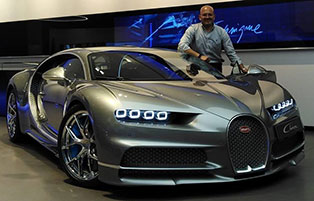Audi
100 years of Audi - From Horch to Audi
AUDI AG can look back on a very varied and often turbulent history. Before the end of the 19th century, August Horch established a company known as Horch & Cie. Motorwagen Werke in Cologne. In 1902 he moved it to Zwickau in Saxony, and in 1904 it was reorganised into a joint-stock company. In 1909, following a dispute with the members of the executive and supervisory boards, August Horch left the company and a few weeks later established a second automobile manufacturing operation, also in Zwickau. Since he could not use his own name, which was a registered brand, he chose a Latin translation instead: the German word “Horch!� (meaning “Listen!�) became “Audi�. The use of this Latin imperative was suggest
The Audi museum mobile will be displaying no fewer than thirteen of the oldest Audi cars still in existence anywhere in the world. In order to present not only these historic vehicles but also any number of anecdotes from the company’s early days in a stimulating manner, including the years up to the major interruption in its activities caused by the Second World War, the exhibition’s organisers have adopted an unusual approach. The stories have become a storyboard, and this in turn takes the form of a comic strip. Each page deals with anecdotes, special occurrences and legendary landmarks in the Audi company’s history. The choice of name, the dismissal of August Horch, the first eight-cylinder model, the pioneering adoption by Audi of left-hand drive in Germany, the competition for the first Audi radiator badge, acquisition by DKW and the subsequent creation of Auto Union – the chronicle continues until the point when, on the outbreak of war, Germany’s second-largest automobile manufacturer had to cease production of passenger cars for the general public. As Stefan Felber from the Audi museum mobile explains: “Audi’s history is far too exciting for a conventional form of presentation. We have aimed to make it easily comprehensible at first glance, and for children to understand it easily too.�
Car enthusiasts will welcome the chance to see outstanding examples from Audi’s early history, above all the timelessly elegant Audi Front Roadster, on display for the very first time. Only two specimens of this prototype were built in 1935, and both have disappeared. Audi Tradition therefore supplied an original chassis to the specialist Zinke company in Zw?¶nitz, which built a replica body with only photographs as a guide. Now this roadster, a “dream in whiteâ€?, is making its world premiere at the Audi museum mobile. Another exceptional highlight is the Audi Type A, which dates from 1911. Exhibited for the first time at the company’s head offices in Ingolstadt, this is the 78th car built by Audi in Zwickau and the oldest to have survived. This unique Type A, with its 26-horsepower engine, was capable of reaching 75 km/h. For the exhibition “From Horch to Audi – The history of perfection has a new nameâ€?, it has been loaned by the National Technical Museum in Prague –the first time, incidentally, that it has been made available in this way.
The second-oldest exhibit, an Audi Type E built in 1913, also has a dramatic tale to tell. Its 55-hp engine, with a displacement of 5.7 litres, is the largest built by Audi during its Zwickau period. This model remained in production until 1924. Two examples are to be seen in the exhibition, one from the first and one from the final production batch. Although they have similar open tourer bodies, the changes introduced over an 11-year period can be clearly seen. The hero on the competition scene, however, is definitely the “Alpine Victor� – the Audi Type C, built from 1911 to 1925. With August Horch himself as one of the drivers, this car won the Austrian Alpine Rally, at that time the most challenging event of its kind, three times in succession, the last occasion being in 1914. The car on display dates from 1919 and is still in roadgoing condition.
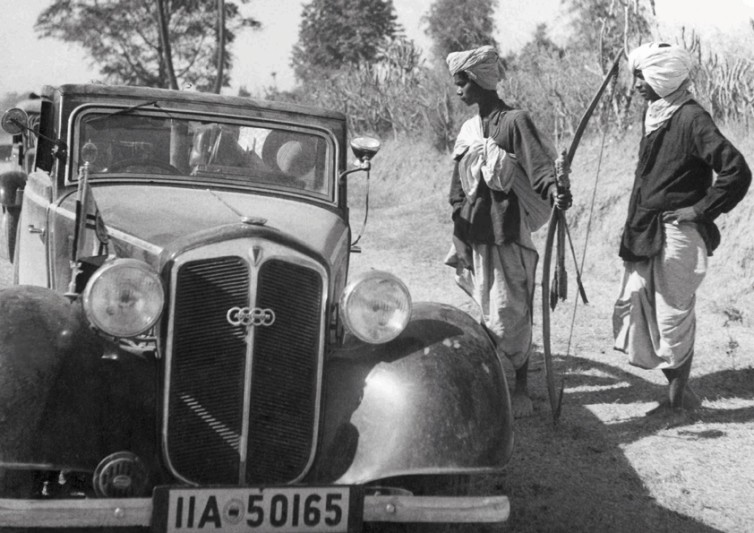
The natives looked in astonishment at the DKW Meisterklasse from Paul Hartlmaier at his expedition in India 1935/1936
In 1931 Audi began to build the Type P, the first small car in the brand’s history. For many years it was believed that none had survived, until 2003, when one was found in a barn in Ludwigsburg. Its documents indicated that the last owner had been the mayor of a town in the Swabian region of Germany and that the car had been taken off the road in 1955, to spend almost half a century like Sleeping Beauty waiting to be reawakened. Following extensive restoration in Riga (Latvia), Audi Tradition is now able to display this unusual car again – the sole surviving Type P. This first major Audi centenary exhibition is rounded off by cars produced by the Auto Union after its establishment and up to 1940 – two different Audi Front 225 models dating from 1935 and the last Audi to appear before the outbreak of war, the 1939 Audi 920.
In 2009, the Audi brand established by August Horch on July 16, 1909 celebrates its centenary. The four rings of the Audi badge symbolise the brands Audi, DKW, Horch and Wanderer, which were combined to form Auto Union in 1932. Auto Union and NSU, which merged in 1969, both made many significant contributions towards the development of the car. AUDI AG was formed from Audi NSU Auto Union AG in 1985. Together with the two traditional companies Auto Union GmbH and NSU GmbH, Audi Tradition has nurtured the extensive, diverse history of Audi for many years and presented it to the public. The Audi museum mobile at the Audi Forum Ingolstadt is open daily from Monday to Sunday, from 9 a.m. to 6 p.m. The August Horch Museum in Zwickau is open from Tuesday to Sunday from 9.30 a.m. to 5 p.m.
Related articles:
#SaferCarsForEgypt
 Want to sell your used car or buy one? Then check out our new used car market section
here!
Want to sell your used car or buy one? Then check out our new used car market section
here!
 Looking for a good service center or aftersales customer service? Did you have any bad experience with your car dealer or service center? Then check our 'automotive evaluation charts'
here!
Looking for a good service center or aftersales customer service? Did you have any bad experience with your car dealer or service center? Then check our 'automotive evaluation charts'
here!
Is Egyptian car market corrupt or collapsing?

Is the Egyptian car market collapsing or is it just a corrupt and unprofessional car market?
This is surely one of the most asked questions these days. Everybody is asking ...
AutoArabia Consulting
Middle East Car of the Year
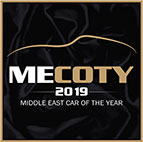
Read more
Crash Test Results

Subscribe



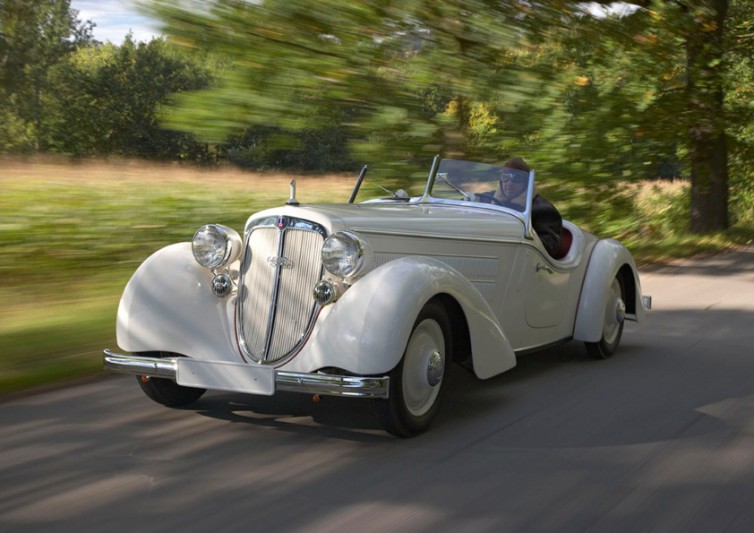
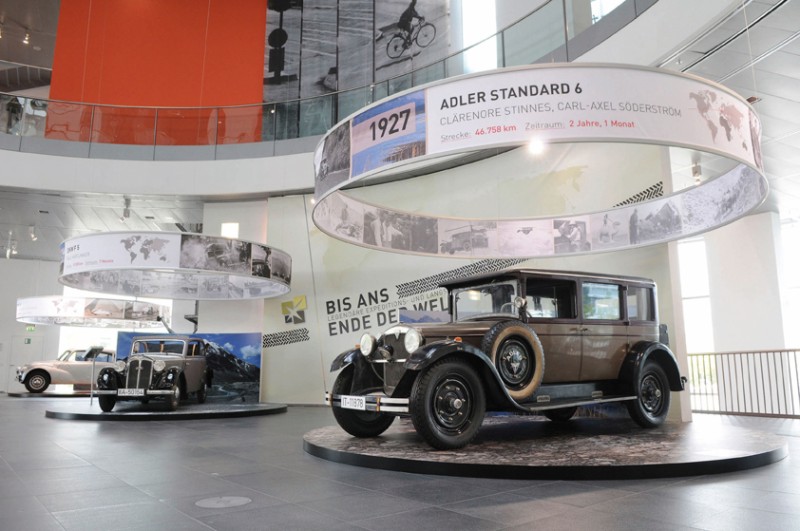
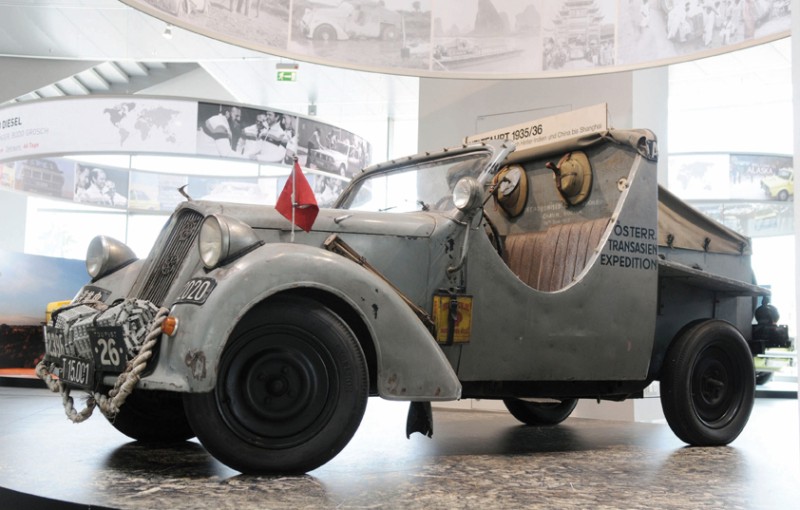
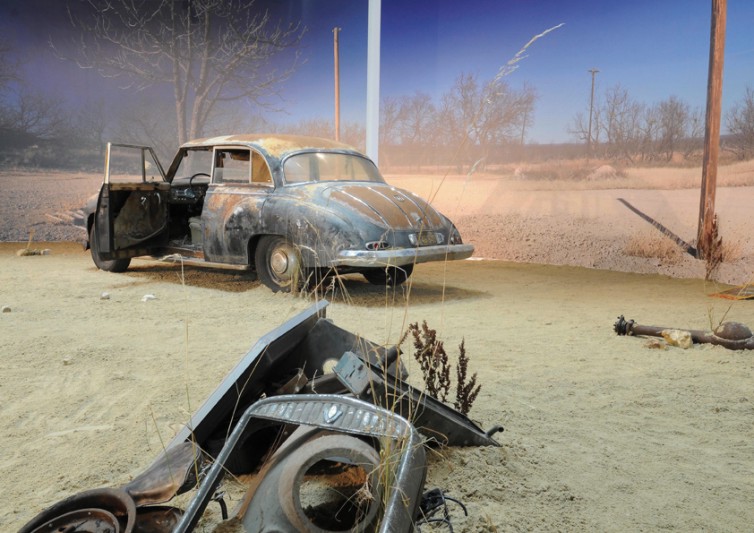
 VOLKSWAGEN TAKES AIMING AT LEADING POSITION FOR ...
VOLKSWAGEN TAKES AIMING AT LEADING POSITION FOR ... DEFENDER LIVES ON: LAND ROVER LAUNCHES V8 EDITION TO ...
DEFENDER LIVES ON: LAND ROVER LAUNCHES V8 EDITION TO ... Groupe Renault inaugurates new Alpine A110 production ...
Groupe Renault inaugurates new Alpine A110 production ...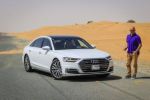 AUDI A8 IS THE NEW 2018 WORLD LUXURY CAR
AUDI A8 IS THE NEW 2018 WORLD LUXURY CAR BMW officially shows its all-new 2017 BMW 5 Series Sedan
BMW officially shows its all-new 2017 BMW 5 Series Sedan Almasry Alyoum newspaper covers Volkswagen & AUDI ...
Almasry Alyoum newspaper covers Volkswagen & AUDI ...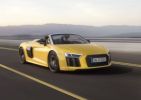 Pre-sales are starting in Europe tomorrow: The new Audi ...
Pre-sales are starting in Europe tomorrow: The new Audi ... Youm7.com unveils latest scandal of Volkswagen, AUDI ...
Youm7.com unveils latest scandal of Volkswagen, AUDI ... Volkswagen scandal in Egypt: An engineer at VW Egypt ...
Volkswagen scandal in Egypt: An engineer at VW Egypt ...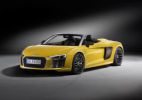 New York International Auto Show: New Audi R8 Spyder ...
New York International Auto Show: New Audi R8 Spyder ...
